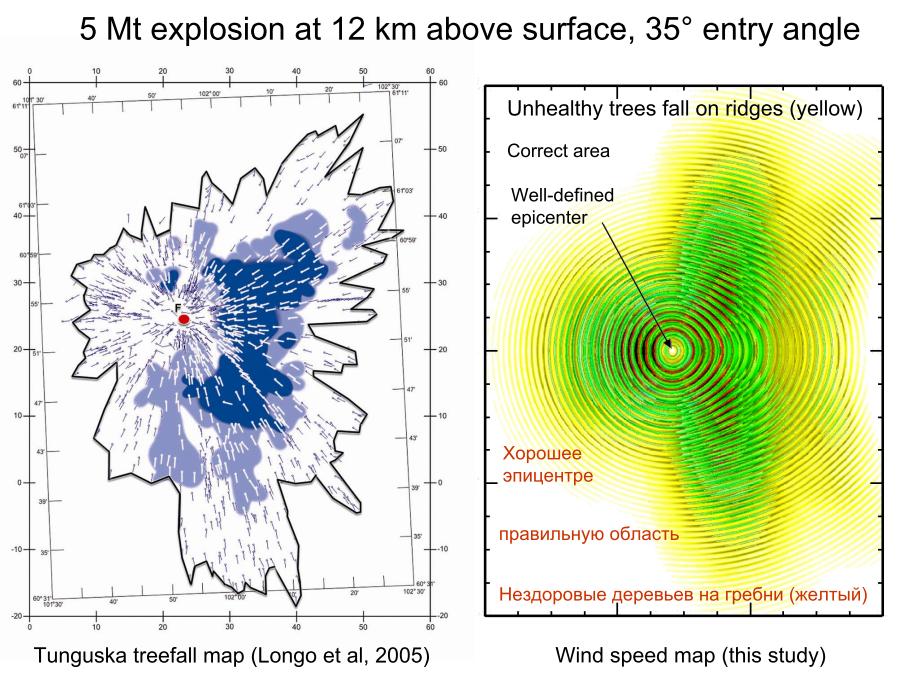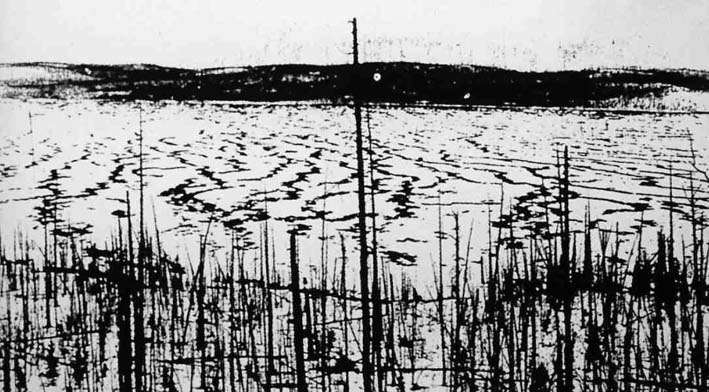


Today, scientists have found and mapped the course of approximately 97% of asteroids bigger than 1 km in our Solar System. It is estimated that they occur every 300 to 1,000 years. Scenarios like the Tunguska Event are much rarer. Small meteors enter and burn up in the Earth’s atmosphere every single day, never coming near to having impact with the ground. This would also help explain why a large impact crater was never discovered at the site. The experiments suggested that the hypothesized meteorite approached the Tunguska site at an angle of roughly 30 degrees from the ground and 115 degrees from north, and likely exploded in mid air. “In the 1960s, the Soviets experimented recreating the blast site by sliding explosives down a wire into mini model forests,” explains Adler astronomer Mark Hammergren.

Likely from an asteroid that was originally 40-80 meters in size.īut how do we know? Many of the anecdotal accounts of the incident, as well as the supporting evidence from the butterfly-shaped blast pattern at the impact site, help support this conclusion. Ultimately, scientists and historians have come to conclude that, despite the lack of meteoritic material found in the area, the probable cause of the Tunguska Event (as it has come to be known) was indeed a meteorite impact. Scorched trees found at ground zero of the Tunguska Event site. It is unclear how many of them may have survived.ĭue to the remoteness of the region, as well as the political situation of the time (the Russian Revolution and the outbreak of WWI), scientific investigation at the potential site of impact was delayed for nearly 20 years, leaving a lot of room for speculation. And it’s thought that there was up to 30 individuals in the blast zone. Whatever it was, as many as three casualties were reported in the area. In the 1970s, American physicists would propose the phenomena as a small black hole colliding with Earth. Over the decades, others would hypothesize a volcanic eruption of some kind. Indigenous peoples to the area (the Evenkis and Yakuts) even believed a god had sent the fireball to destroy the world.įollowing the occurrence, Russian newspapers would report the event as a possible meteorite impact. Others only felt tremors or heard an explosion. The event near the Podkamennaya Tunguska River was unexplainable by locals-or rather the multiple accounts of the incident didn’t always add up. A rather bold, dramatic scene set for something that would become a century-long debate. If the playwrights of today were to write a theatrical piece about the mysterious event that took place 111 years ago in remote Russia, its introduction would look something like the above. A remote forest near the Podkamennaya Tunguska River in Siberia.Ī large fireball streaks through the sky followed by an intense wave of heat felt up to 40 miles away. Setting: Tuesday, June 30, 1908, around 7:15 am.


 0 kommentar(er)
0 kommentar(er)
